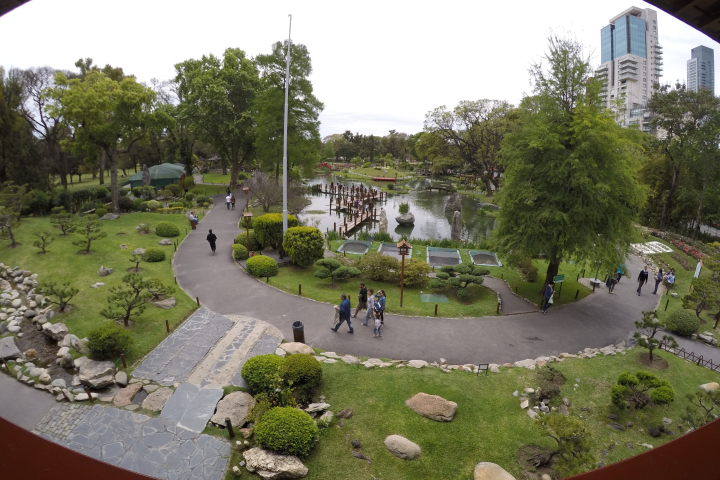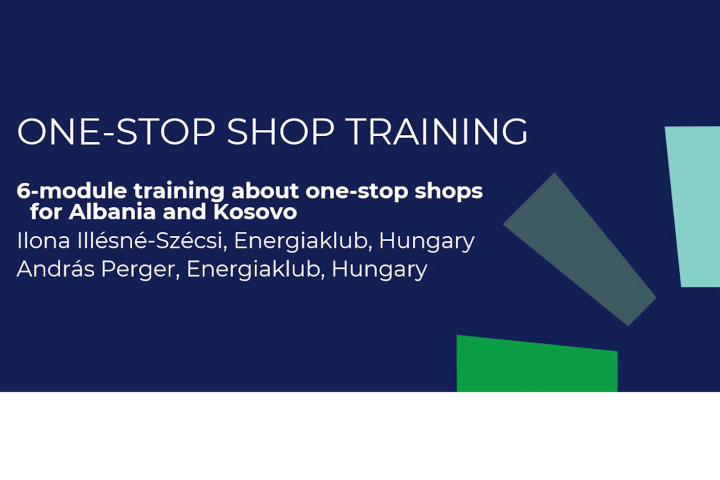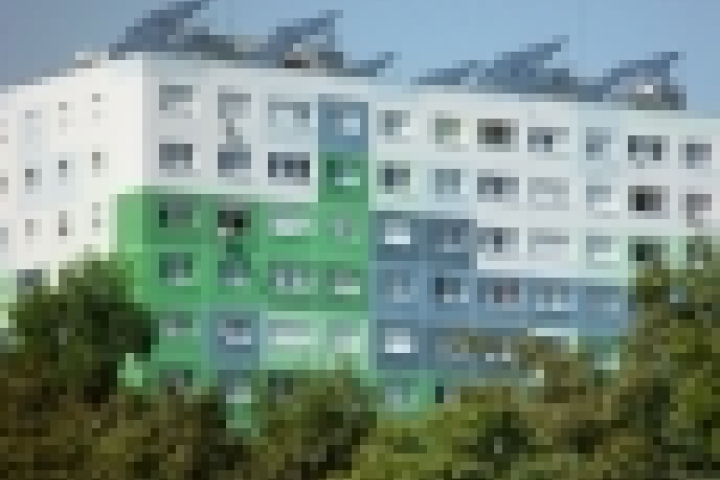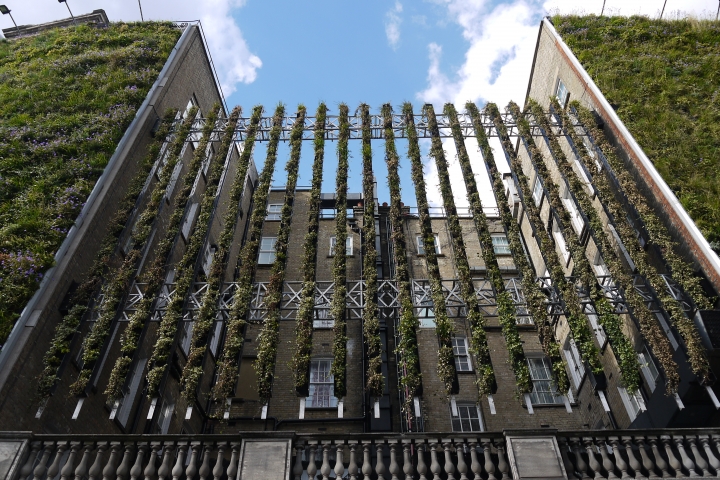Support for financing and measuring impacts of Nature-based Solutions
By scrolling down, three documents are available that can support municipalities in raising funds for Nature-based Solutions (NbS), as well as to measure their impacts - thus making decisions on such investments.
The 'Gap analysis on existing financing mechanisms' gives an overview to possible financing instruments for implementing NbS, while the 'Summary report on good practise examples of NBS/GI financing in the EU' presents specific case studies for these possible financing mechanisms. This catalogue focuses on financing mechanisms from the perspective of city governments, categorizing them based on the premise that a municipality has two main alternatives for increasing NbS in urban settings:
1. Directly implement NbS projects or maintain existing ones (especially on municipality-owned land). In this scenario, funding can come from municipal budgets, loans, or project revenues.
2. Encourage third-party actors (e.g., residents, utilities, businesses) to implement NbS (particularly on their private property) or contribute to maintain existing NbS in the public domain. In this case, local authorities incentivise stakeholders or stimulate private financing through other means, such as a crowdfunding campaign.
The aim of 'Overview of socio-economic long-term benefits of GI/NbS' is to provide a comprehensive suite of evaluation indicators that stakeholders are involved in NbS planning, delivery, and stewardship can select and apply. This approach aims to create a mechanism to support cities in the process of upscaling and out-scaling NbS. The chosen indicators address several areas related to the challenges that NBS aim to mitigate in the urban scope, including human health and well-being, economic impacts, and environmental benefits, as well as social benefits.
Indicators can be used ex-post to quantitatively measure the benefits an NbS has provided, or eventually to make ex-ante assessments of the desired benefits of a proposed NbS implementation.
Documents were developed in the frame of GreenScape CE project, with the contribution of Energiaklub.





